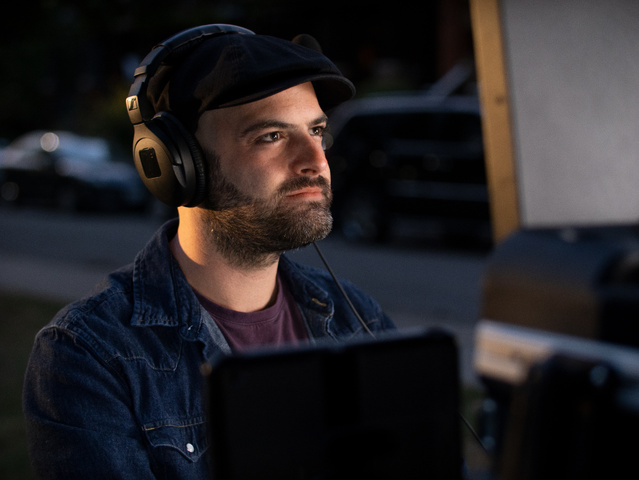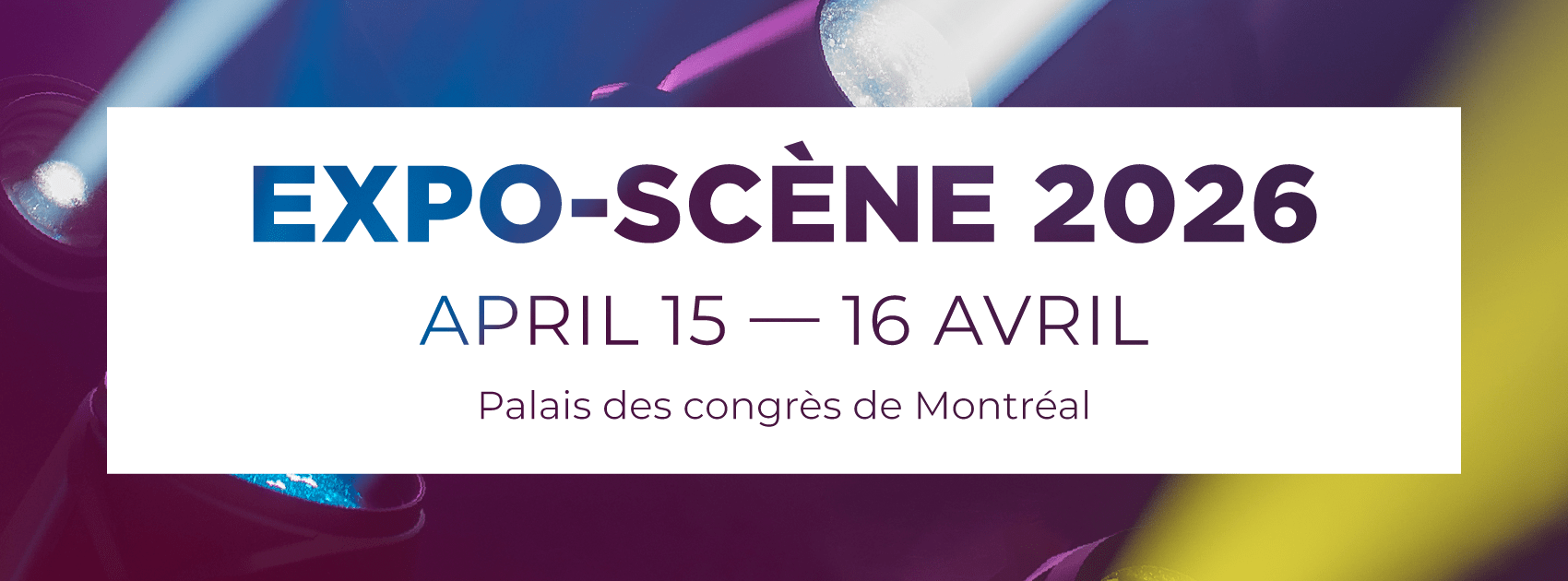
Avant-garde director Atom Egoyan has staged several iterations of Richard Strauss’ opera Salome, inspired by Oscar Wilde’s play, in turn inspired by the Biblical account of the titular character and John the Baptist. Egoyan accompanied his latest version — performed by the Canadian Opera Company — with the feature film Seven Veils. It stars Amanda Seyfried as Jeanine, an opera director who is putting on Salome. The film effectively places a real opera performance inside a fictional milieu, and it fell to mixer Trevor Goulet to integrate the two worlds. Goulet, who also recently completed work on David Cronenberg’s The Shrouds as well as sound for additional photography on the new M. Night Shyamalan film Trap, employed Lectrosonics’ latest generation of digital wireless. DBSM belt packs transmitting to DSQD receivers served as the primary talent rig, with various combinations of DCHT, DCHR, and DCR822 instrumental in keeping live opera sound and film sound together but separate. Seyfried is also seen throughout the film speaking into a DHu handheld mic, and Wireless Designer system coordination and monitoring software kept every signal in its lane.
“As a sound person, it was a treat for me to work with these experienced opera performers, capturing their voices,” says Goulet. “They all have incredible dynamic range and ability to project. In the pit, they were set up to record a 90-piece orchestra. But as for the singers, opera performers are not generally miked. Therefore, whatever miking we did would be for recording the film sound.”
Lectrosonics digital wireless made Goulet’s task much less complex than it might have been. “We had some plant mics around the stage as well, but of course a close, isolated mic on each singer was imperative … because some of the singers had dialogue to deliver in some sequences. I knew I wanted everybody on the same system, and at the time I had several Lectrosonics DBSM transmitters in my kit.”
Via duplicate receiver feeds, the front-of-house team was able to pull from Goulet’s production audio, which proved particularly important in the case of lead actor Amanda Seyfried’s handheld microphone as it was more than a mere prop. “Amanda’s character uses a handheld mic throughout. I was tracking it into my cart, but then there were also times they wanted to project her voice into the venue,” Goulet explains. “So, I gave a DCHR miniature receiver to the engineer at the Canadian Opera Company, also tuned to her handheld. If they wanted her voice in the venue, they had independent control over it.”
Lectrosonics latest digital equipment is wideband by definition, a feature Goulet found invaluable on this project and many others. “If you’re working in a soundstage complex where multiple productions are going on, it’s easy to coordinate with other mixers and be a good neighbor,” he notes. “Another application is, if cast is moving between one unit and another. The next unit can just tune up to whatever frequencies they’re on.”
Seven Veils is hardly Goulet’s only project with prodigious frequency coordination demands, which he meets using Wireless Designer software. “It’s been a game-changer,” he says. “I’ll do surveys of different locations, saving each scan. Of course, things are going to change day-to-day and there might be RF activity in a location that wasn’t there yesterday. At worst, I have to pull up the survey scan and move one or two things. It also makes coordinating with other units quick, as each unit can export a list of what they’re using and share it with the others.”
With musical performance so central to the narrative of Seven Veils, audio quality is the one feature more important than all the operating conveniences imaginable. On this matter, Goulet has high praise: “Because of the nature of opera, it was crucial that we didn’t hear any companding or other artifacts of wireless, and I was really happy with Lectrosonics. It simply could not have sounded better.”





